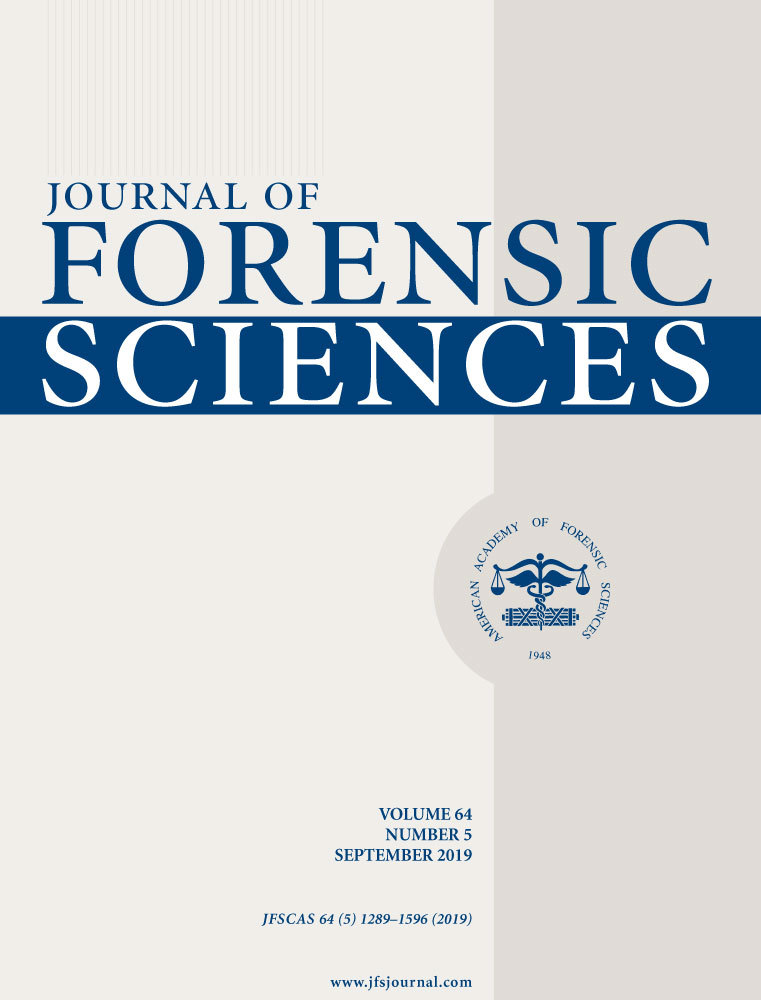Extraction of DNA from Skeletonized Postcranial Remains: A Discussion of Protocols and Testing Modalities† ‡
Abstract
This paper provides a retrospective of the DNA analysis performed by the Armed Forces Medical Examiner–Armed Forces DNA Identification Laboratory between 1990 and 2018. Over 13,000 postcranial osseous materials, comprised of wartime losses from World War II, the Korean War, and South-East Asia, were examined by the following: mitochondrial DNA sequencing, a modified AmpFlSTR® Yfiler™, AmpFlSTR® MiniFiler™, PowerPlex® Fusion, or NGS. Four different DNA extraction protocols were used: incomplete demineralization coupled with an organic purification; complete demineralization with an organic purification; complete demineralization with an inorganic purification using QIAquick PCR Purification Kit; and a protocol designed specifically for use with next-generation sequencing. In general, complete demineralization coupled with an organic purification was the optimal extraction protocol for sequencing of mitochondrial DNA, regardless of the osseous element tested. For STR testing, demineralization paired with an inorganic purification provided optimum results, regardless of kit used or osseous element tested.




